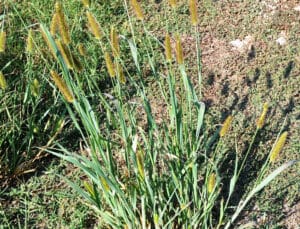Acer platanoides ‘Crimson King’
Description
Regular Maples provide brilliant color in fall…but the Crimson King Maple Tree shows off its beautiful purple leaves all summer long. In fact, Crimson King Maples are known for their striking, rich purple foliage in colder climates, too, and are one of the few trees to give you excellent color in the Northern states.
And it doesn’t matter what soil you plant your trees in because your Crimson King Maples will give you beautiful color anywhere. These trees will give you long-lasting color, keeping their purple foliage from spring until fall, hassle-free. Plus, the Crimson King Maple will give you dense shade, blocking the hot sun from your home and yard.
Planting
Though it’s tolerant of soggy soils, Crimson Maples prefer well-drained areas. Once established, it tolerates droughts with little harm although infrequent, deep irrigation will help retain more foliage in extremely dry periods, especially in regions with hot summers. Select a spot where the tree is in full to partial sun exposure (4 to 8 hours of sunlight per day). From there, dig a hole for your King Maple that’s 2 to 3 times the width of your tree’s root ball and equal depth. Place your tree in the planting hole, keeping the top of the root ball even with the ground. Fill a small amount of the soil into the hole to maintain the tree’s upright position and water thoroughly. Mulch to retain soil moisture and keep competing growth away from the planting site.
Watering
During its formative years, your Crimson Maple will require weekly watering. Even as it matures, your tree will still need plenty of water during the summer months. Be sure to water correctly – light green leaves are a sign of over-watering, while drooping leaves signify both over-watering and under-watering.
Fertilizing
During the first growing season, use only slow-release fertilizer tablets on your new Maple. Any 10-10-10 fertilizer will be suitable. Fertilize your Crimson Maple twice a month when it is coming out of dormancy and once a month during the summer. Discontinue before the tree returns to its dormant state.
Pruning
When the leaves have fully matured, remove all dead or dying branches. Do this before you start cutting live branches; it will give you a better idea of what your tree looks like and how many of the live branches you’re going to need to cut. Decide which branches you’re going to cut before you start cutting. Look for large branches growing at narrow angles to the main trunk, branches that are rubbing others or branches that are growing inwards and crossing others. Remove the larger branches.
| Growing Information | |
| Mature Height: | 40-50 ft |
| Mature Width: | 25-35 ft |
| Sunlight: | Full to Partial Sun |
| Bloom Time: | |
| Growth Rate: | Moderate |
| Grows Well in Zones: | 4-7 |
| Your Growing Zone: | 6 |





